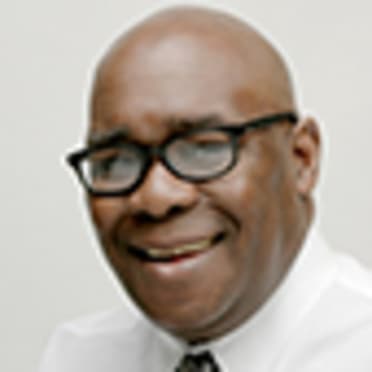‘She could play’: How Connie Morgan proved herself as a pro
One thing can be said about the Indianapolis Clowns of the Negro American League -- they didn’t discriminate based on gender. If you could play baseball, you were on the squad.
So, it wasn’t surprising to see Connie Morgan, then 19, on the Clowns’ roster in 1954. She became the third woman in history to play in the Negro Leagues, behind Toni Stone and Mamie “Peanut” Johnson, who also played for the Clowns.
Morgan quickly proved she could play at an elite level. In her two seasons with Indianapolis, Morgan was good enough to split time at second base with Ray Neiland, and she could turn the double play with the best of them. She also had a strong showing in the batter’s box, hitting around .300 according to the National Baseball Hall of Fame.
“She was a tremendously gifted athlete,” said Bob Kendrick, president of the Negro Leagues Baseball Museum, located in Kansas City, Mo. “Connie Morgan may have been as good an athlete as most of the guys to be honest. Initially, there was skepticism. There was doubt. You are breaking the norm. But once she arrived and proved that she belonged, the acceptance became more readily and open. When it’s all said and done, the bottom line is can you play? And she could play.”
Negro Leagues legend and Hall of Famer Oscar Charleston managed Morgan during those two years and was one of Morgan’s biggest supporters.
“Good athletes, girls especially, aren’t born every day,” Charleston told the Courier Journal in June of ‘54. “When one comes along, it is a pleasure to watch her in action, and Miss Morgan is no exception. In her quiet way, she made buddies among her teammates while gaining their admiration with her remarkable play at second base.”
Morgan’s skills on the diamond were first recognized while attending John Bartram High School. She was a catcher and played for the North Philadelphia Honey Drippers, an all-girls baseball team. She had a batting average of .338 during her five years with the team.
It was during her time with the Drippers that she read a story about Stone playing for the Clowns, a team comprised mostly of men. Morgan then decided to write a letter to owner Syd Pollock and request a tryout with the team. Pollock invited Morgan to play an exhibition game against the Orioles.
Morgan was impressive enough to receive a two-year contract, replacing Stone, who had been traded to the Kansas City Monarchs prior to the ‘54 season. Morgan seemed to be worth every penny.
“From my vantage point, Morgan exhibited not only the physical strength to endure, but the mental and emotional capacity to endure. That was a hallmark for all three women,” Kendrick said.
After her playing career ended, Morgan found life after baseball. According to the website Blackpast, Morgan returned to William Penn Business School and graduated in 1955 with a bachelor's degree in accounting.
She worked for the American Federation of Labor and Congress of Industrial Organizations (AFL-CIO), the largest federation of unions in the United States, until she retired in 1974. Twenty-one years later, Morgan was inducted into the Pennsylvania Sports Hall of Fame. Morgan passed away on October 14, 1993, three days before her 58th birthday.
